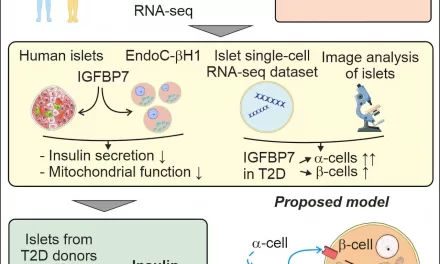A groundbreaking study led by Professor Marek Basler at the Biozentrum, University of Basel, has revealed a novel strategy employed by certain bacteria to stealthily spread within the body, evading detection by the immune system. Published in the journal Cell Host & Microbe, the research sheds light on the role of a bacterial nanomachine, offering new insights into the infection process.
Pathogens such as Burkholderia bacteria, including the species B. pseudomallei notorious for causing the serious infectious disease melioidosis, are known to hide inside human cells to enhance their survival. Utilizing a nano-sized speargun known as the type VI secretion system (T6SS), these bacteria can move from one cell to another without triggering an immune response, thus evading detection and spreading within the body.
“We were surprised to see that Burkholderia can spread not only by inducing cell fusion but also by directly moving from cell to cell,” explained first author Dr. Miro Plum. The bacteria, equipped with the T6SS, disrupt cell membranes, allowing them to break free and infect neighboring cells undetected.
The study challenges the conventional understanding of Burkholderia infections, highlighting the bacteria’s unique escape strategy. By detaching from cell membranes and forming vacuoles within neighboring cells, the pathogen avoids detection by the immune system, enabling it to infect new cells without raising alarms.
“Normally, infected cells sense invaders by detecting damaged cell membranes, initiating immune responses to eliminate the pathogen,” emphasized Plum. “However, cells fail to detect T6SS-disrupted membranes, allowing the pathogen to remain undetected and continue its infectious cycle.”
Professor Basler emphasized the significance of these findings in advancing our understanding of Burkholderia infections and their mechanisms for spreading and immune evasion. The researchers aim to delve deeper into the mechanisms underlying the assembly of the T6SS nanomachine within bacterial protrusions, unraveling the survival tactics employed by these intracellular pathogens.
The discovery not only provides valuable insights into the intricate strategies employed by pathogens to colonize host cells but also opens new avenues for developing targeted therapies to combat infectious diseases caused by Burkholderia bacteria. As researchers continue to unravel the mysteries of bacterial infections, their findings pave the way for more effective strategies to tackle infectious diseases and safeguard public health.












